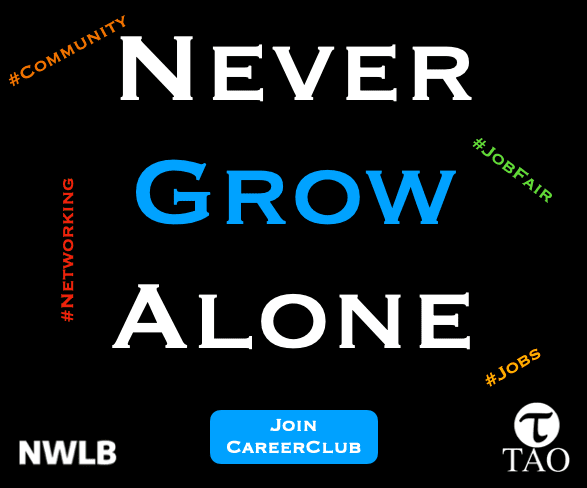In today’s fast-evolving public sector, the workplace is a melting pot of diverse cultures, beliefs, and ideologies. This diversity, while enriching, can also lead to polarization, where differences overshadow common goals and impede effective service delivery. As a career expert in the public sector, I have observed that the key to unity and productivity often lies in the threads of communication that weave the tapestry of a successful workforce. In this exploratory post, we will dive into the nuances of communication in polarized public sector workplaces, drawing lessons from real-world scenarios and charting a pathway to understanding and collaboration.
First, let’s consider the disparate communication styles prevalent among different cohorts in the government sector. Millennials, Gen X, and Baby Boomers, for instance, each bring their unique perspectives and communication preferences to the table. Millennials might lean towards digital communication platforms, while Baby Boomers might place higher value on face-to-face interactions. Acknowledging and harmonizing these varying preferences is the first step towards establishing a collective language within the public service domain.
The impact of ineffective communication is palpable. Case studies from various government departments reveal that miscommunication can lead to project delays, reduced morale, and at times, public disillusionment with government services. One notable example was the delayed response during a crisis in a city due to conflicting reports within departments. This incident highlighted the importance of establishing clear and reliable channels of communication, particularly in high-stress situations.
To foster an environment of open dialogue, it’s essential to create spaces where different opinions are not just tolerated but valued. Training programs that focus on active listening, empathy, and the art of feedback all contribute to a culture of understanding. It’s also crucial to establish norms and protocols that guide the frequency, method, and tone of communications within the workplace.
The ubiquity of social media presents both opportunities and challenges. Public sector employees must often navigate dual identities as private citizens and government representatives. Balancing personal expression with professional responsibility can be tricky. Maintaining professionalism on social media is non-negotiable, as public perception of government employees can influence trust in the institution they represent.
In conclusion, effective communication in a polarized public sector workplace is the linchpin that ensures smooth operation, fosters team cohesion, and upholds public trust. As public sector workers, we must constantly refine our communication strategies to meet the challenges of a diverse and ever-changing environment. By prioritizing clear, empathetic, and inclusive communication, we can bridge the gaps that divide and move towards a more unified public service.
For those navigating the complexities of modern government work, remember: Communication is not just about speaking up; it’s about being heard and understanding the chorus of voices that make democracy work.












